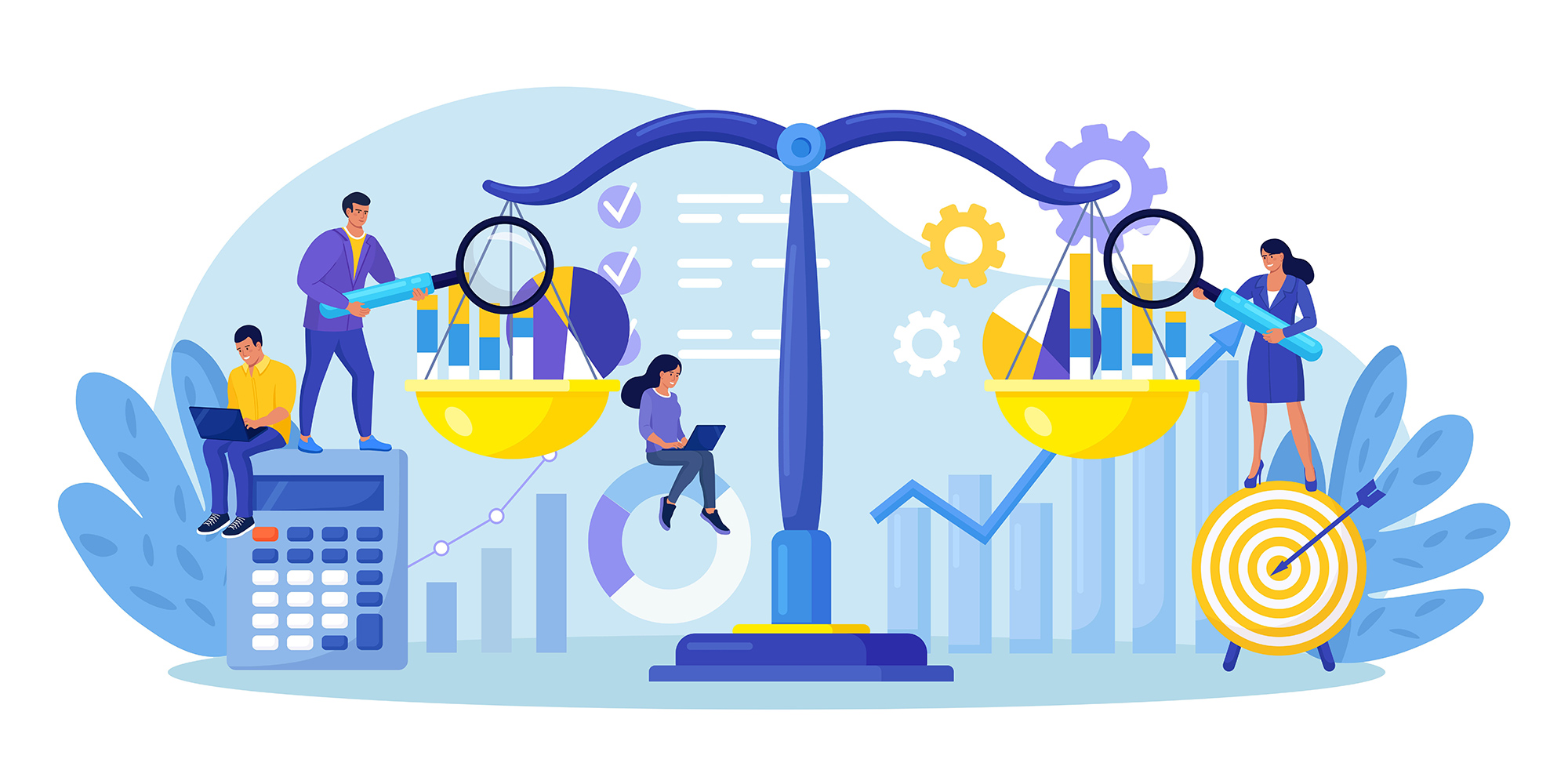Django vs. FastAPI: An In-Depth Comparison
Django and FastAPI are two in-demand frameworks for Python used in backend web and API development. Deciding to choose FastAPI vs Django for each use case can be challenging. They both have unique features, benefits, and limitations. Before beginning any Python project, you need to understand each framework’s differences and use cases.
In this guide, GetTrusted will closely examine Django vs FastAPI and compare them on several criteria to help you better understand how to choose the proper framework for your case. We will overview Django and FastAPI, highlight their remarkable features, outline significant benefits and drawbacks, and ultimately answer the question: which is the best?
What is Django?
Django is a server-side web framework built on Python. It was founded in 2005 as an open-source framework. Django is designed to help develop dynamic websites. With this framework, you don’t have to worry about the difficulties associated with web development and its components. Django follows the Don’t Repeat Yourself (DRY) principle, which keeps the code clean and specific. Tech giants like Instagram, Pinterest, and Mozilla use this framework.
Features of Django
Django helps developers streamline web app development. Apart from this, it has several significant features to pay attention to.
- Enhanced security: Django eliminates common threats like cross-site scripting and SQL injection.
- User authentication system: The framework allows managing accounts and passwords.
- Scalability: Projects on Django can easily transition from small to large scale.
- Versatility: Django gives developers the flexibility to build various types of applications.
- Community support: Because of the immense community support it offers, Django is one of the most widely used web frameworks.
Main Benefits of Django
The outlined features of Django are its primary benefits. However, there are a few more essential upsides to highlight.
- The Model View Template (MVT): Django uses the MVT model, a system’s backend component that interacts with databases. The template serves as a representation part, combining HTML with the data obtained from the model.
- Built-in database support: Django has a built-in object-relational mapping (OMR) framework that developers can use immediately.
- WebForms: The framework’s built-in ModelForms feature offers full support for web forms and handles input validation, CSRF, XSS, and SQL injection.
Drawbacks of Django
The Django framework also has some disadvantages you need to know about. Let’s look at them.
- No native NoSQL databases: Native support for NoSQL databases is unavailable in Django. You can use some external solutions, but not all work well with ORM.
- No REST support: Django doesn’t have out-of-the-box REST support. You must use the Django Rest Framework (DRF) to create a REST API.
- Inferior performance: The framework performs lower than FastAPI, primarily due to its size.
- Steep learning curve: Django is much more complicated to learn than FastAPI.
What is FastAPI?
FastAPI is a popular high-performance Python web framework for building REST services. In comparison to Django, it is significantly easier to use and deploy. It compensates for many of Django’s flaws. Only Python 3.6+ versions are compatible with FastAPI. To start using FastAPI, you need to install uvicorn, an Asynchronous Server Gateway Interface (ASGI) server for production. Thanks to FastAPI, developers can handle requests asynchronously.
Features of FastAPI
Let’s look at the essential capabilities of the framework.
- Interactive documentation: The documentation for FastAPI is interactive, straightforward, and has excellent editing support.
- Speedy development: As the name implies, FastAPI is one of the fastest frameworks for developing APIs and websites. It increases feature development speed by 200-300%.
- Commanding coding style: It helps to reduce the number of induced bugs by roughly 40%.
- Compatibility: FastAPI is compatible with open standards for APIs and JSON schema.
Main Benefits of FastAPI
Let’s examine what benefits FastAPI has to offer.
- Performance: FastAPI is one of the fastest web frameworks for Python and is more speedy than Django.
- Concurrency: The framework’s out-of-the-box concurrency improves the efficiency of your app.
- Dependency injection: A built-in dependency injection solution makes changing code and scaling easier.
- Seamless central exception handling: To handle exceptions, you only need to register the response for an exception, and FastAPI will manage it automatically.
- Data validation: It detects incorrect data types, returns proper exceptions in JSON, and streamlines the procedure, making the code less prone to errors.
Drawbacks of FastAPI
FastAPI has only a few disadvantages. Let’s consider them for a thorough understanding.
- Security issues: No built-in security system is available. Instead, you must manage it using the fastapi.security module.
- Smaller community: FastAPI is still in its infancy compared to Django. Hence, there are fewer users and fewer resources available.
Differences Between Django and FastAPI
Now, let’s briefly compare the two frameworks on crucial criteria.
| Criteria | Django | FastAPI |
| Performance | Inferior | High |
| Learning curve | Steep | Easy |
| Flexibility | Limited | Enhanced |
| Documentation | Comprehensive | Interactive |
| Security | Enhanced | Inferior |
| NoSQL databases support | No | Supports various NoSQL databases |
| REST API support | No | Yes |
Who Won the Battle?
Django is a full-fledged web framework with robust functionality, enhanced security, and enormous community support. However, it has a steep learning curve. FastAPI is a simple micro-framework offering high performance, streamlined feature development, NoSQL databases, and REST API support. You can choose which one to employ depending on your expertise level and the use case.
Final Remarks
Now, you know each framework’s key benefits, limitations, and use cases. If you need help choosing FastAPI vs Django for your server-side web development, specify your requirements in our contact form. GetTrusted will review your case and connect you with your niche’s top three verified outsourcing agencies. Once you select the vendor, we will guide you throughout the project to ensure the highest quality with our Escrow Plus Service.
Contact us to streamline your backend web development.














